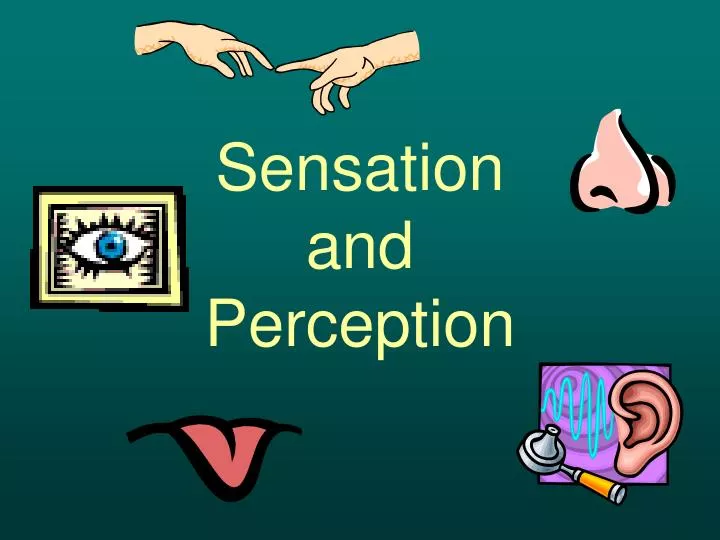The study of sensation and perception forms the cornerstone of understanding how humans and other organisms interact with their environment. This post delves into the fundamental concepts, theoretical frameworks, and historical developments that underpin these processes. By exploring the distinctions between sensation and perception, the principles of psychophysics, and the historical context of these fields, you will gain a comprehensive foundation for further study in psychology and neuroscience.

Sensation
Sensation refers to the process by which sensory receptors detect and respond to external stimuli, such as light, sound, temperature, and pressure. These stimuli are converted into neural signals, which are then transmitted to the brain for further processing. Sensation is a purely biological and mechanical process, devoid of interpretation or meaning. For example, when light enters the eye, it is converted into electrical impulses by the retina, which are then relayed to the visual cortex.
Perception
Perception, on the other hand, is the cognitive process of interpreting and organising sensory information to give it meaning. It involves higher-order brain functions, such as memory, attention, and expectation, which shape how stimuli are understood. For instance, the same neural signals that represent light can be perceived as a familiar face or an abstract pattern, depending on the context and prior experiences of the individual.
The Differences Between Sensation and Perception
- Biological vs. Cognitive: Sensation is a physiological process, whereas perception is psychological.
- Automatic vs. Interpretive: Sensation occurs automatically in response to stimuli, while perception requires active interpretation.
Universal vs. Subjective: Sensations are relatively consistent across individuals (e.g., the same wavelength of light will produce the same neural response), but perceptions can vary widely based on personal and cultural factors.
Discover more from Decroly Education Centre
Subscribe to get the latest posts sent to your email.
